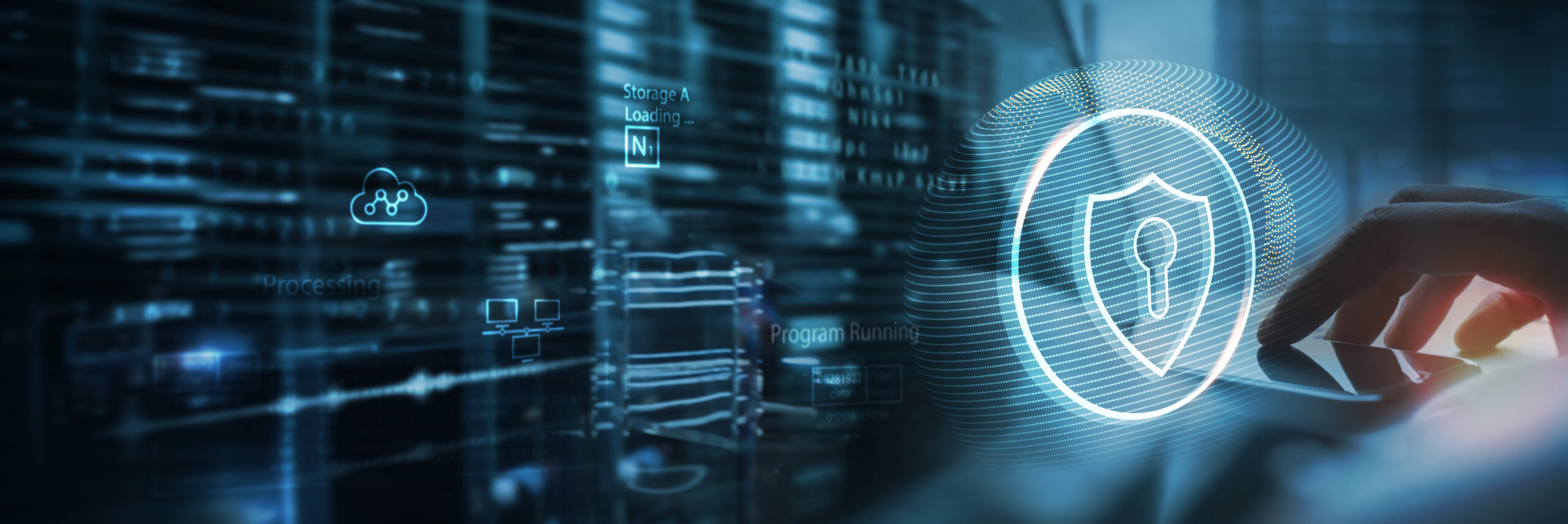
In an increasingly unpredictable world, businesses must be prepared for sudden disruptions such as natural disasters, cyberattacks, or even unexpected system failures.
When these disruptions occur, maintaining operations and minimizing downtime is critical to ensuring business continuity. One solution that stands out in disaster recovery is Virtual Desktop Infrastructure (VDI). By virtualizing work environments, VDI allows businesses to provide employees with secure access to essential resources, even during the most challenging circumstances.
This article explores how VDI disaster recovery supports uninterrupted operations and ensures business continuity during unexpected disruptions.
Ensuring Continuous Operations with Remote Access
One of the greatest challenges businesses face during emergencies, such as natural disasters, is ensuring that employees can continue working remotely. Traditional office setups often hinder employees from accessing important systems during crises. However, VDI provides a remote access solution that ensures business continuity.
- Secure Access from Anywhere: VDI allows employees to access their desktops, applications, and data from any location with an internet connection. This means that, even in the event of a natural disaster that impacts physical office locations, employees can work remotely without interruption.
- No Dependence on Local Hardware: Since VDI stores desktops and applications on centralized servers or in the cloud, there’s no dependency on local hardware. This eliminates concerns about equipment damage or loss during a disaster.
VDI’s flexibility in remote access is a key component of a robust disaster recovery strategy, helping businesses maintain operations even when employees can’t physically access the office.
Minimized Downtime with Rapid Recovery
When disasters strike, downtime can be costly. Every minute of inactivity can lead to lost revenue, missed opportunities, and reduced customer satisfaction. VDI significantly reduces downtime by allowing businesses to quickly restore access to essential systems.
- Centralized Management and Backup: VDI centralizes all desktop management, allowing IT teams to deploy backups and restore operations quickly. In the event of a system failure or data loss, IT staff can restore virtual desktops from backup servers or cloud storage, ensuring rapid recovery.
- Failover and Redundancy: VDI solutions often come with built-in redundancy and failover mechanisms. If a server or data center goes offline due to a disaster, VDI systems automatically redirect traffic to a backup server, allowing employees to continue working without significant disruption.
This ability to swiftly recover operations minimizes the negative financial and operational impacts of downtime.
Improved Security and Data Protection
A critical concern during disruptions—especially cyberattacks—is data security. VDI offers enhanced security measures that help protect sensitive business data, ensuring that it remains safe, even during emergencies.
- Centralized Data Storage: In a VDI setup, data is stored centrally on servers or cloud environments rather than on individual devices. This reduces the risk of data loss or theft during disasters such as fires, floods, or equipment theft.
- Enhanced Access Controls: VDI allows for granular access controls, ensuring that only authorized personnel can access specific data or applications. This is especially important during a cyberattack, where maintaining strict access control is crucial to safeguarding critical systems.
- Multi-Factor Authentication (MFA): Many VDI solutions incorporate MFA, adding an extra layer of security during login. This helps prevent unauthorized access during times of heightened vulnerability.
With these security features, VDI not only supports disaster recovery but also protects businesses from security breaches during emergencies.
Flexibility for a Wide Range of Disasters
No two disruptions are alike. Whether it’s a natural disaster, a global pandemic, or a targeted cyberattack, businesses need a flexible solution that adapts to different types of crises. VDI provides this flexibility.
- Natural Disasters: In the case of floods, earthquakes, or hurricanes, physical offices may be inaccessible. VDI enables employees to continue working remotely, ensuring that essential operations can continue without interruption.
- Cyberattacks: During cyberattacks like ransomware or distributed denial-of-service (DDoS) attacks, VDI can help isolate and contain affected systems while enabling other parts of the business to continue running securely.
- Pandemics: The global shift to remote work during the COVID-19 pandemic highlighted the importance of virtualized environments. VDI provided businesses with a seamless transition to remote work, ensuring continuity when physical office locations were off-limits.
Regardless of the type of disruption, VDI provides the tools businesses need to maintain continuity and adapt to changing circumstances.
Simplified IT Management During Recovery
Managing IT systems during a crisis can be complex and overwhelming. However, VDI simplifies IT management, making disaster recovery more manageable for IT teams.
- Centralized Management Platform: With VDI, IT teams can manage and monitor all desktops and applications from a single, centralized platform. This simplifies tasks like software updates, security patches, and access control, even during a disaster.
- Automated Backups and Updates: VDI systems often include automated backups and updates, reducing the burden on IT staff during a crisis. This ensures that all data is securely backed up and systems are updated with the latest security patches.
By streamlining IT management, VDI enables businesses to focus on recovery rather than scrambling to manage complex infrastructure.
Key Takeaways:
- Remote Access: VDI provides secure, remote access to desktops and applications, ensuring that employees can continue working from anywhere during a disaster.
- Rapid Recovery: With centralized management, backups, and failover mechanisms, VDI minimizes downtime and ensures a quick recovery from disruptions.
- Enhanced Security: Centralized data storage, access controls, and multi-factor authentication protect sensitive data from theft or loss during crises.
- Adaptability: VDI offers flexibility to handle a wide range of disruptions, from natural disasters to cyberattacks and pandemics.
- Simplified IT Management: Centralized management and automated updates make it easier for IT teams to maintain continuity and recover systems during emergencies.
In today’s unpredictable world, ensuring business continuity is more important than ever. VDI disaster recovery plays a crucial role in enabling businesses to remain operational during emergencies, safeguarding data, and minimizing downtime. For companies looking to enhance their disaster recovery strategy, adopting a VDI solution is a critical step toward resilience.
